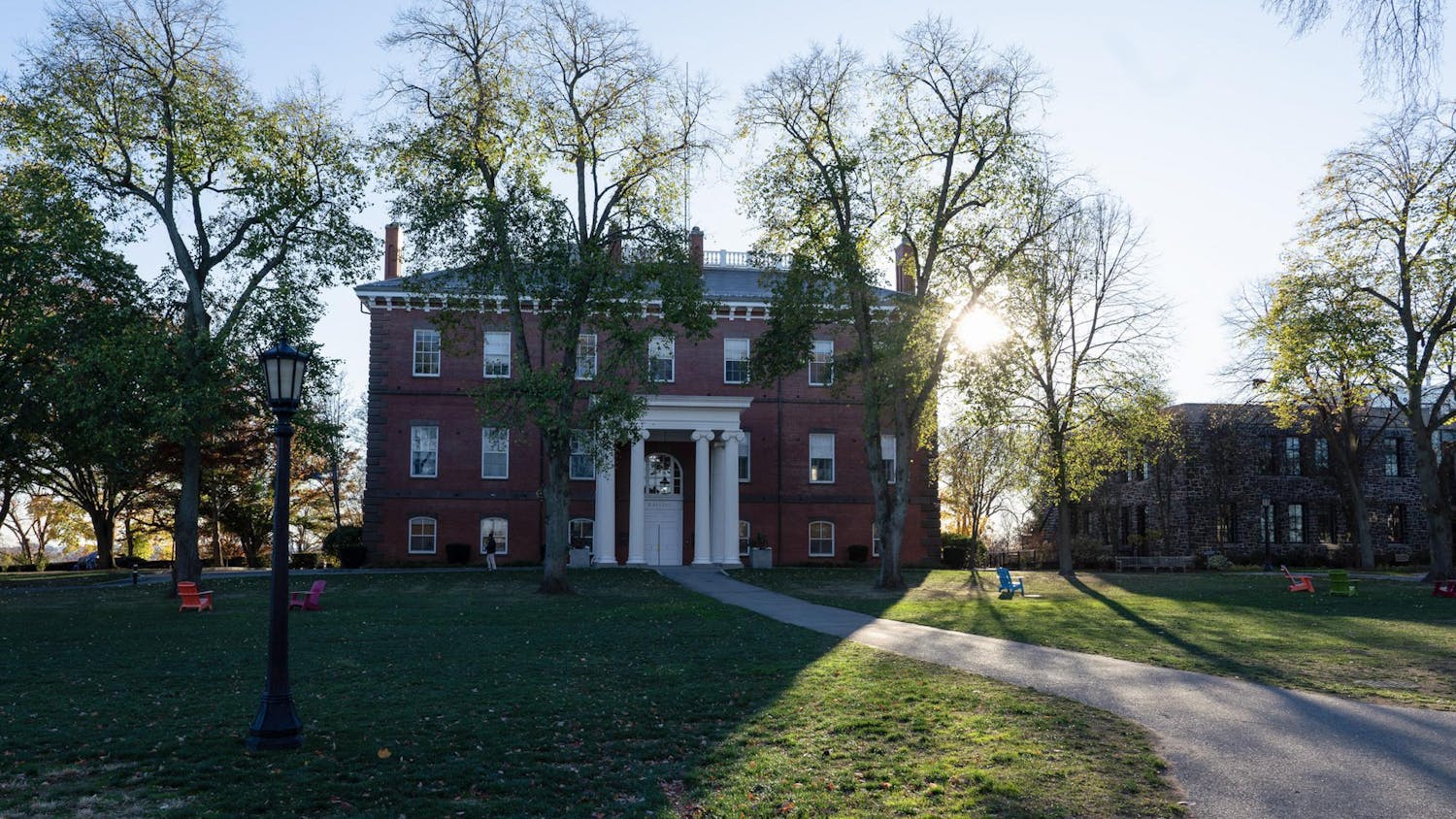Tisch College's Center for Information and Research on Civic Learning and Engagement (CIRCLE) released its 2022 Youth Electoral Significance Index (YESI) data showing the impact of the youth vote on the 2022 electoral races.
In 2020, CIRCLE estimated that 50% of 18–29 year olds who were eligible to vote cast a ballot in the 2020 presidential election. Youth voter turnout in the 2016 election was significantly lower with 39% of eligible youth casting a ballot.
CIRCLE estimates that young voters will have a major pull in several states in upcoming Senate and House races, particularly in battleground states, such as Pennsylvania and Georgia.
This new data identifies Pennsylvania as the state where youth voters will have the most sway in both the Senate race for Pat Toomey’s seat and the gubernatorial race to replace Tom Wolf. Sixty-nine percent of young people in Pennsylvania are registered to vote.
According to CIRCLE, young voters voted for President Biden by a 25-point margin in 2020.
Anne Hamilton, who is from Pennsylvania, explained that while she is registered and plans to vote in the 2022 election, she struggles to find her personal impact in the state's voting process.
“I personally have a hard time feeling like my vote would matter," Hamilton, a first-year, said. “But I understand that it should matter and that I shouldn’t stop myself from voting because I feel like it doesn’t matter.”
Kelly Siegel-Stechler, a senior researcher at CIRCLE, explained how YESI pulls information from a variety of sources to determine the states in which youth will have the most influence over elections. These sources include census data showing employment status, income and education to estimate turnout rates, predictions on the competitiveness of the election and the infrastructure supporting voting.
Siegel-Stechler noted that Colorado is one of the states listed in which the youth vote will highly influence the Senate race. She elaborated that this is not because the race is expected to be particularly competitive, but rather because the state has taken various measures to invest in youth voting infrastructure.
In the past 45 years, only one Republican has held the Colorado Senate seat that candidates are vying for in 2022, and it is predicted that a Democrat will almost definitely win the seat again.
Siegel-Stechler praised Colorado for having some of the most facilitative election laws in the country.
“They have done an incredible job of setting up infrastructure among the voter reg[istration] and outreach community in Colorado to ensure that young people are always a part of the equation when it comes to Colorado elections," Siegel-Stechler said.
The specific youth demographics that will have particular sway vary state by state. CIRCLE reported that Black youth will be particularly influential in the Georgia and North Carolina elections, while Latino youth will likely be a deciding factor in the elections in Arizona and Nevada.
The report also predicted that youth residing in rural areas of Maine, Kansas and New Hampshire will have a major impact on the upcoming elections in their respective states.While younger generations tend to be more liberal, rural youth have proven to be an exception and may contribute to conservative victories in their states.
When asked about strategies to mobilize these demographics, Siegel-Stechler emphasized the importance of relational organizing.
“Having somebody else that you know, and care about, and value their opinion encourage you to get engaged is really effective and really meaningful," Siegel-Stechler explained.
Jane Romp, former democracy representative coordinator for JumboVote, discussed the importance of accessible voter education and noted that JumboVote devotes extra attention to students from states with more complex voting processes. Romp, a junior, explained that JumboVote tries to make sure that all students, regardless of the state they reside in, have access to information surrounding the voting process.
Siegel-Stechler credits the shift in youth turnout to the boom in voter engagement of younger generations.
“I think there's renewed interest in reaching out to young people, especially since 2008, which was really a bump in youth engagement for Obama’s first election, and awareness that youth are interested and engaged," she said. "If you take the time to reach out to them, to make them feel included in the election process, they will turn out and they do care a lot about politics."






